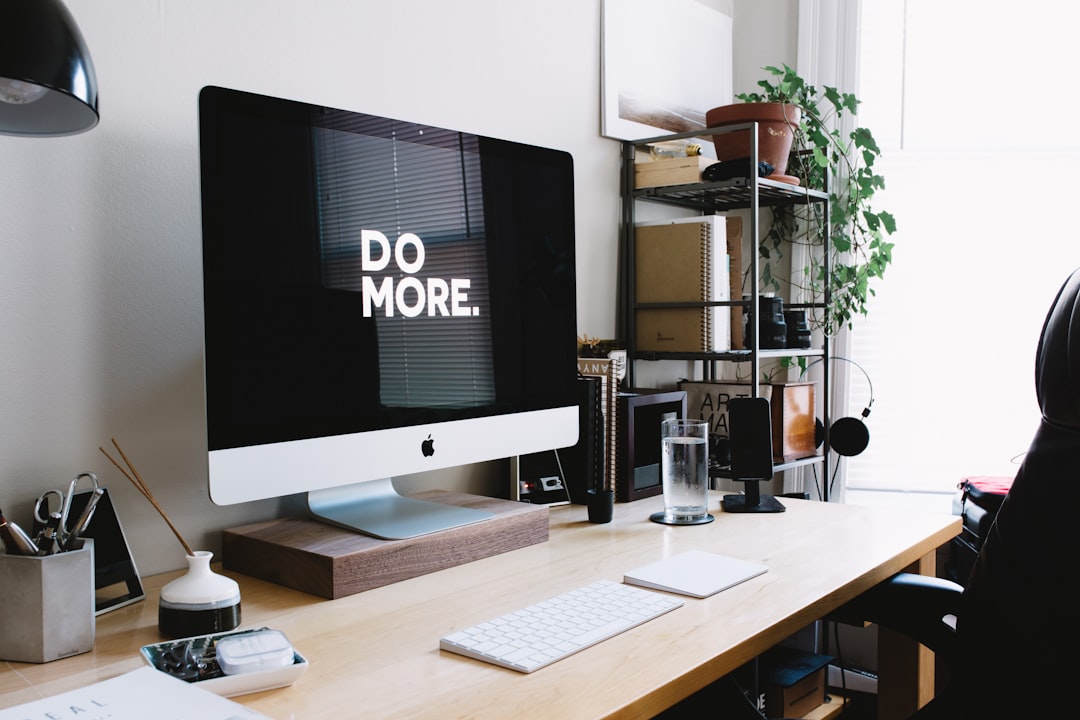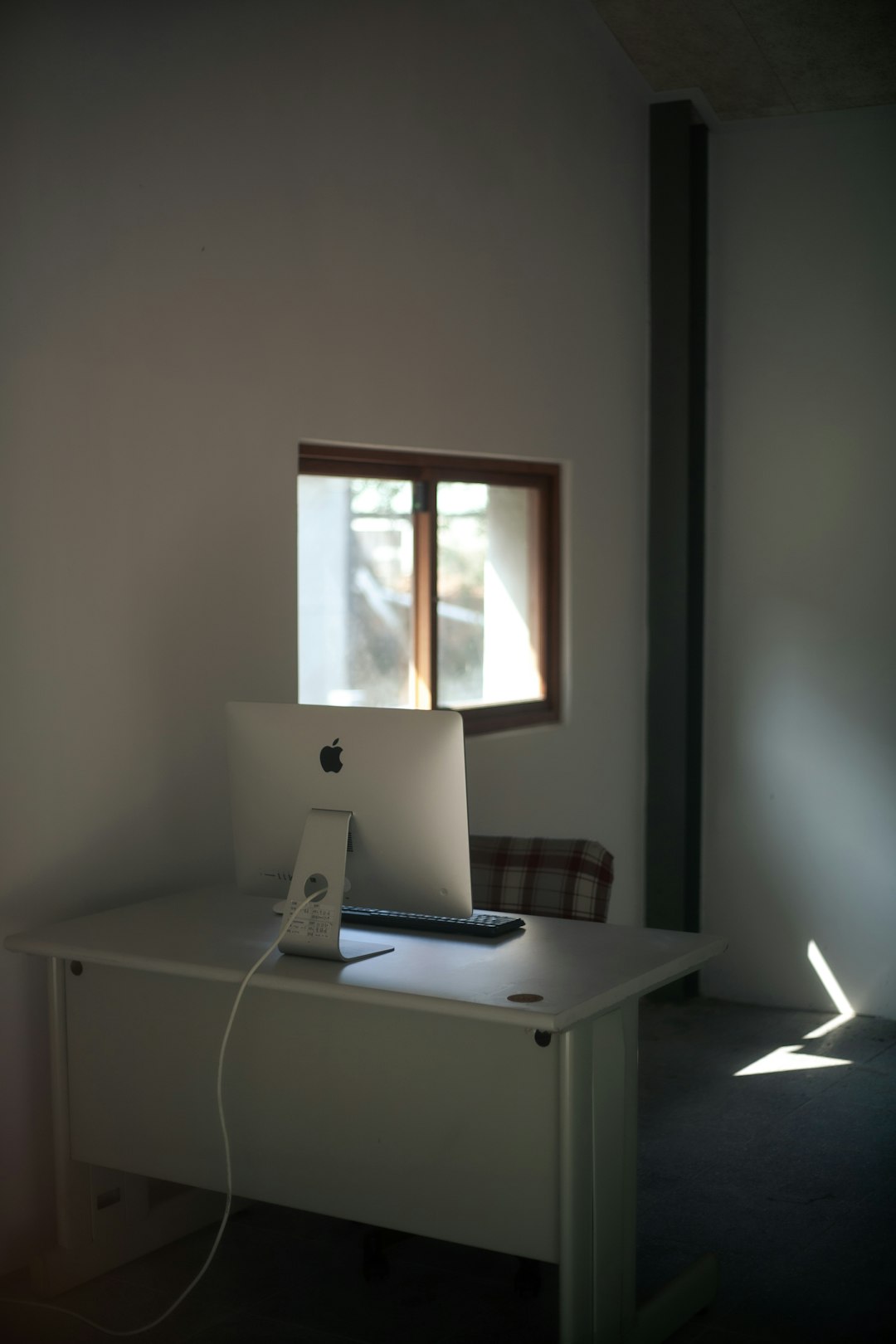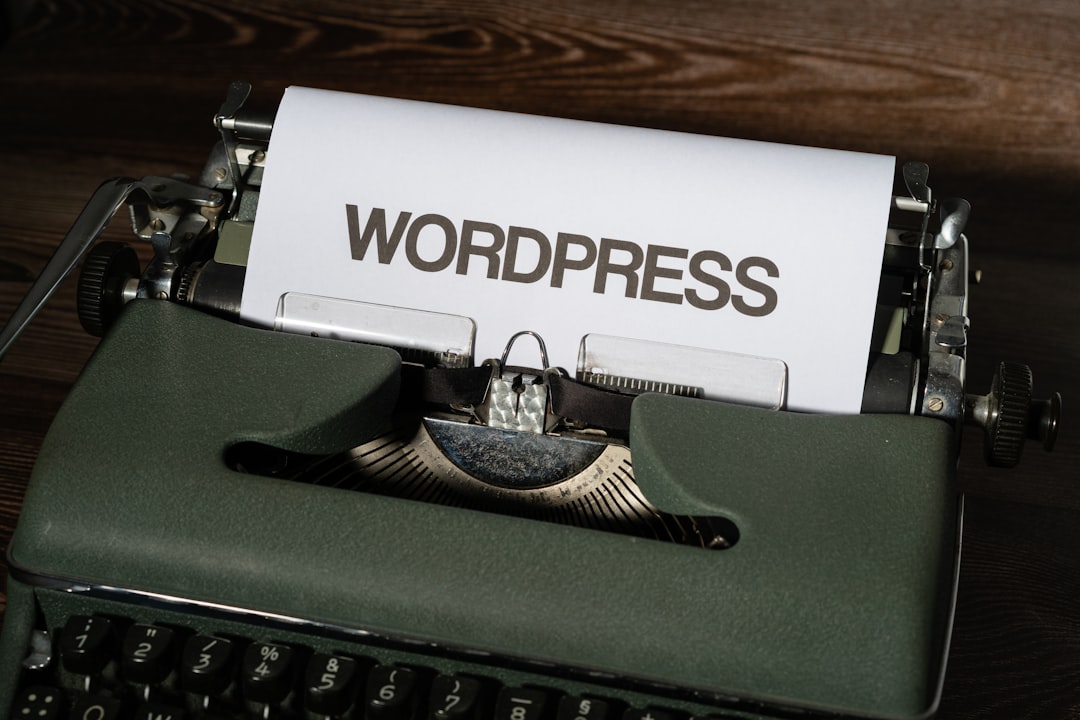In today’s fast-paced and ever-evolving work environment, the importance of a well-designed workspace cannot be overstated. A contemporary office that incorporates modern furniture not only boosts productivity but also supports employee well-being and enhances company culture. Whether for startups or established companies, designing a contemporary workspace with modern office furniture has become a strategic move toward perfecting the balance between style and functionality.
Modern office furniture is characterized by its clean lines, minimalist aesthetic, and smart use of materials. Unlike traditional bulky desks and heavy chairs, contemporary pieces focus on maximizing space, encouraging movement, and adding visual appeal to the office environment. In short, contemporary design speaks the language of the modern professional.
Core Elements of a Contemporary Workspace
Creating a modern-looking and functioning workspace starts with understanding the essential components that combine form and function. Some of the core elements include:
- Ergonomic Furniture: Chairs and desks that promote posture support and adjustability.
- Open Layouts: Spaces that encourage collaboration and reduce physical barriers.
- Flexible Zones: Areas designed for different functions such as lounges, breakout rooms, and hot-desking sections.
- Smart Storage: Sleek and minimal storage solutions that prevent clutter and maintain visual appeal.

When designing a workspace, the intentional use of furniture supports not just workflow but also company identity. Think of how modular lounge seating creates informal meeting zones or how standing desks promote a healthier, more dynamic working style. Integrating these modern elements encourages employee satisfaction and retention.
Design Tips for Incorporating Modern Office Furniture
Choosing the right modern office furniture requires more than just aesthetic sensibility. Here are tips to guide the design process and maximize both productivity and comfort:
- Choose a Neutral Color Palette: Stick with whites, greys, blacks, and subtle pops of color to create consistency and avoid visual over-stimulation.
- Opt for Durable Materials: Quality over quantity ensures longevity and eco-conscious design. Metal, tempered glass, and sustainable wood are popular choices.
- Mix and Match Styles: Combine minimalist desks with sculptural or statement chairs to reflect personality without disrupting functionality.
- Focus on Lighting: Use natural and well-placed artificial lighting to enhance productivity and mood.

Integrating technology is another critical component. From cable management systems to wireless charging stations, modern office furniture often comes equipped with hidden yet highly useful tech-friendly features. These additions not only create an organized workspace but also meet the evolving needs of today’s digital employee.
The Impact on Company Culture
A contemporary workspace speaks volumes about a company’s values and vision. When employees walk into an office that feels open, modern, and intentionally designed, it reinforces a sense of professionalism and innovation. Additionally, well-thought-out design fosters interaction, collaboration, and mental well-being—essential components of a thriving workplace culture.
Aesthetically pleasing workspaces also leave impressions on clients, partners, and stakeholders. A modern environment subtly communicates that the business is forward-thinking, detail-oriented, and cares deeply about both its people and presentation.

Conclusion
Designing a contemporary workspace with modern office furniture is more than a style trend—it’s a practical investment in workforce efficiency and satisfaction. From ergonomic chairs to adaptable workstations, and from clean aesthetics to collaborative zones, every piece of modern office furniture can play a role in shaping a vibrant and successful work environment.
Frequently Asked Questions (FAQs)
- Q: What defines modern office furniture?
A: Modern office furniture is typically minimalistic, ergonomic, and made with sleek materials like metal, glass, or sustainable wood. It prioritizes comfort, functionality, and clean design. - Q: How can furniture impact productivity?
A: Furniture that supports ergonomic health and spatial flexibility helps reduce discomfort and keeps employees engaged, ultimately boosting productivity. - Q: Is it expensive to redesign an office with modern furniture?
A: It depends on the scale and brands involved. However, numerous budget-friendly modern furniture solutions exist that offer both style and function without breaking the bank. - Q: Can I mix traditional furniture with modern pieces?
A: Absolutely. Mixing styles can add depth and personalization to a workspace; just ensure that the overall design maintains harmony and balance. - Q: How important is lighting in a modern office?
A: Lighting is critical, as it affects mood, focus, and overall ambiance. A modern workspace should incorporate a combination of natural light and strategically placed artificial lights.